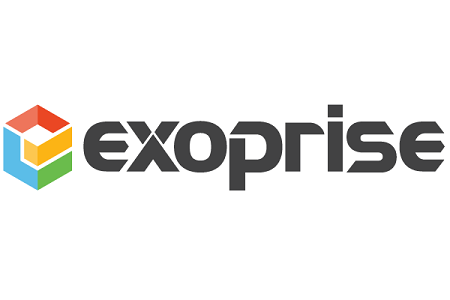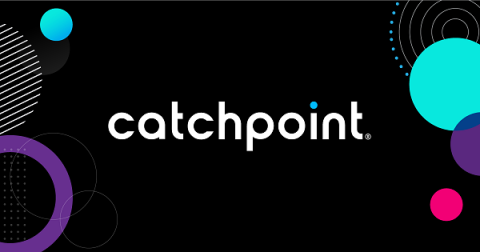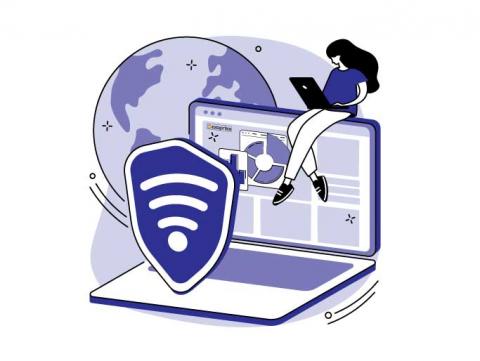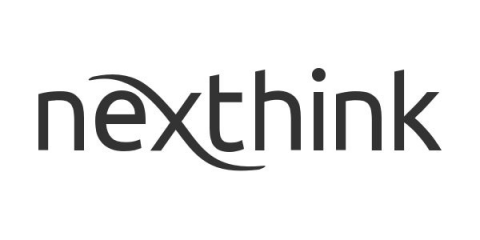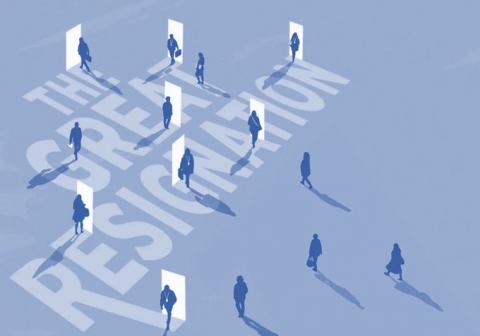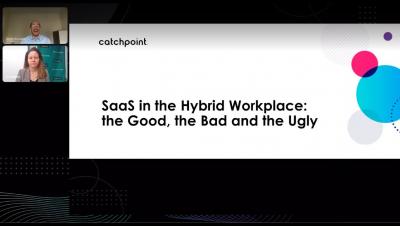Operations | Monitoring | ITSM | DevOps | Cloud
Digital Experience Monitoring
The latest News and Information on Digital Experience Monitoring for End Users, Employees and Remote Working.
Catchpoint - Customer Sizzle
Exoprise Launches Industry's First 'Network Digital Experience Monitoring Solution' to Predict Slow Response Time with Collaboration & VoIP Apps
The Hybrid Workplace Requires a New Approach to SaaS Observability
Since we were first parachuted into distributed work in 2020, most companies have now adopted a sustained hybrid workplace. According to a recent Gallup survey, there’s no reason to expect this to change anytime soon. Meanwhile, the last couple of years have simultaneously seen an explosion in the use of SaaS. In fact, 2020 was the first year in which the cloud market became larger than the non-cloud market, and SaaS was the leading cause of this.
Book Review: Digital Employee Experience for Dummies (A Wiley Brand)
Wiley’s Dummies series is best known for repackaging technical, nuanced material into practical and accessible lesson books. In partnership with Nexthink, the company’s latest addition, Digital Employee Experience, delivers on this same reputational goal. Most ‘for Dummies’ books are written either from a purely technical or from a higher level, management topic.
WiFi Observability to Boost Employee Digital Experience
We are all moving towards a digital workplace - or a hybrid work scenario. Whatever be the case, you can expect end-users to call and complain about a poor WiFi experience. That's because network monitoring needs to be done from their standpoint, not from the enterprise end. And without the correct WiFi observability data, it's challenging to narrow down the root cause of the problem affecting remote employees. And those problems - poor WiFi performance leading to poor digital experience - can be pervasive and persistent.
Webinar Recap - What is Digital Experience Observability?
Watch our on-demand webinars about moving forward the digital experience conversation from monitoring to observability and learn how to implement a total experience observability strategy.
How Nexthink Experience Complements Unified Endpoint Management
I’ve worked in IT for over 20 years and specifically in End User Computing (EUC) for the last 10 years, notably working for Citrix and Dell Technologies. I want to share with you what some of the key differences are from a Unified Endpoint Management (UEM) platform and a Digital Employee Experience (DEX) platform (such as Nexthink Experience), and how they complement one another, and where there is overlap.
The Great Resignation - What's at Stake for IT?
Roughly 47.4 million people quit their jobs and left the workforce last year in search of better ones, leading to what we now call the Great Resignation. Then, as the economy re-opened and companies intensified hiring efforts, millions of people switched careers, searching for better working conditions and higher salaries. Experts say the trend will continue as the Gen Z population reshapes the labor market.


